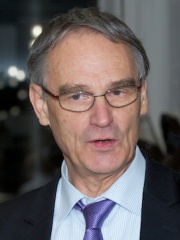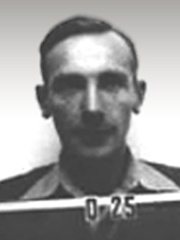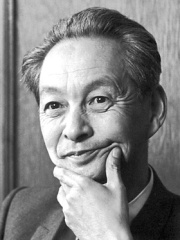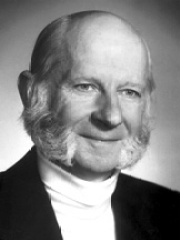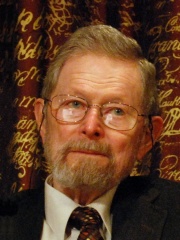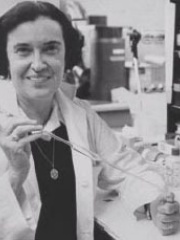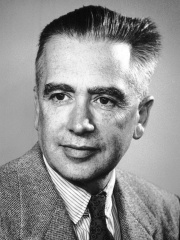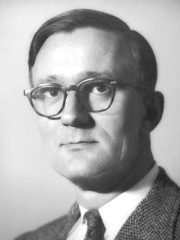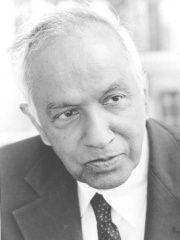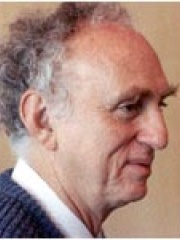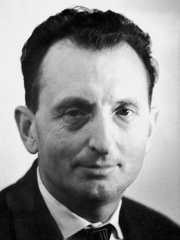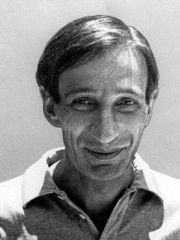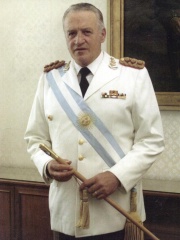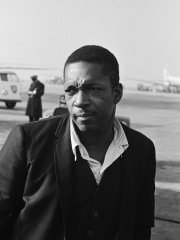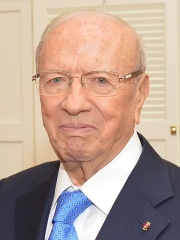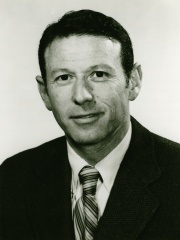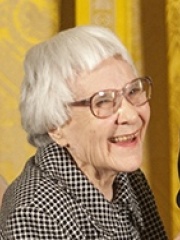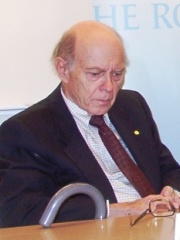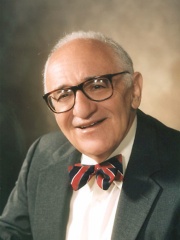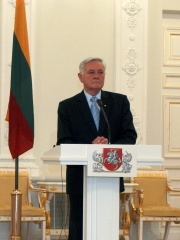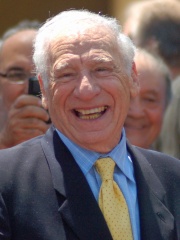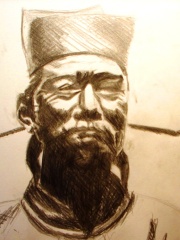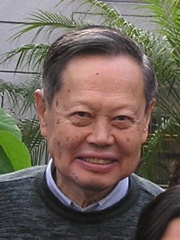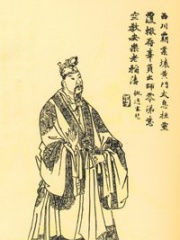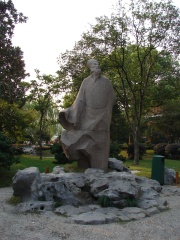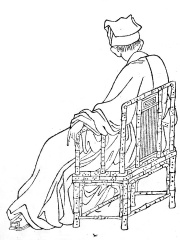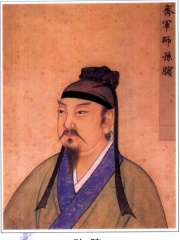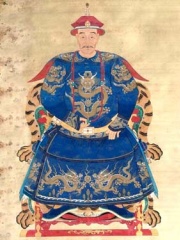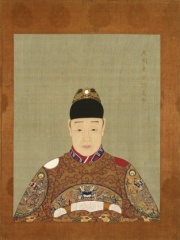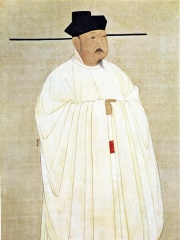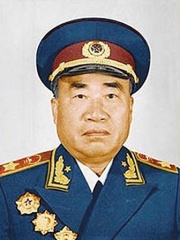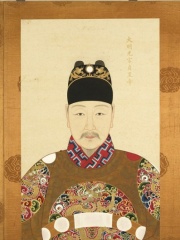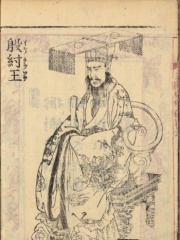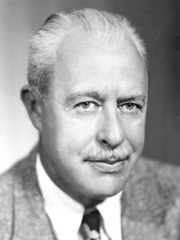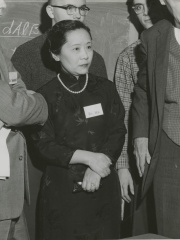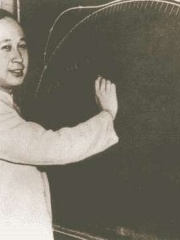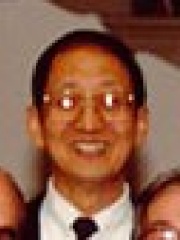PHYSICIST
Tsung-Dao Lee
1926 - Today
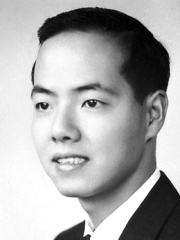
 Tsung-Dao Lee
Tsung-Dao Lee
Tsung-Dao Lee (Chinese: 李政道; pinyin: Lǐ Zhèngdào; born November 24, 1926) is a Chinese-American physicist, known for his work on parity violation, the Lee–Yang theorem, particle physics, relativistic heavy ion (RHIC) physics, nontopological solitons, and soliton stars. He was a university professor emeritus at Columbia University in New York City, where he taught from 1953 until his retirement in 2012.In 1957, at the age of 30, Lee won the Nobel Prize in Physics with Chen Ning Yang for their work on the violation of the parity law in weak interactions, which Chien-Shiung Wu experimentally proved from 1956 to 1957, with her well known Wu experiment. Lee remains the youngest Nobel laureate in the science fields after World War II. He is the third-youngest Nobel laureate in sciences in history after William L. Bragg (who won the prize at 25 with his father William H. Bragg in 1915) and Werner Heisenberg (who won in 1932 also at 30). Read more on Wikipedia
Since 2007, the English Wikipedia page of Tsung-Dao Lee has received more than 566,045 page views. His biography is available in 71 different languages on Wikipedia (up from 64 in 2019). Tsung-Dao Lee is the 173rd most popular physicist (up from 219th in 2019), the 163rd most popular biography from China (up from 239th in 2019) and the 3rd most popular Chinese Physicist.
Tsung-Dao Lee is most famous for his work in the development of the theory of parity violation.
Memorability Metrics
570k
Page Views (PV)
65.44
Historical Popularity Index (HPI)
71
Languages Editions (L)
5.87
Effective Languages (L*)
4.57
Coefficient of Variation (CV)
Page views of Tsung-Dao Lees by language
Over the past year Tsung-Dao Lee has had the most page views in the Chinese wikipedia edition with 108,202 views, followed by English (86,318), and Japanese (7,051). In terms of yearly growth of page views the top 3 wikpedia editions are Hakka (108.75%), Bengali (87.52%), and Haitian (84.97%)
Among PHYSICISTS
Among physicists, Tsung-Dao Lee ranks 173 out of 851. Before him are Gerd Binnig, Joseph Rotblat, Melvin Schwartz, Shin'ichirō Tomonaga, Hans Georg Dehmelt, and George E. Smith. After him are Rosalyn Sussman Yalow, Emilio Segrè, Polykarp Kusch, Subrahmanyan Chandrasekhar, Martin Lewis Perl, and Alexander Prokhorov.
Most Popular Physicists in Wikipedia
Go to all RankingsGerd Binnig
1947 - Present
HPI: 65.63
Rank: 167
Joseph Rotblat
1908 - 2005
HPI: 65.57
Rank: 168
Melvin Schwartz
1932 - 2006
HPI: 65.54
Rank: 169
Shin'ichirō Tomonaga
1906 - 1979
HPI: 65.52
Rank: 170
Hans Georg Dehmelt
1922 - 2017
HPI: 65.49
Rank: 171
George E. Smith
1930 - Present
HPI: 65.48
Rank: 172
Tsung-Dao Lee
1926 - Present
HPI: 65.44
Rank: 173
Rosalyn Sussman Yalow
1921 - 2011
HPI: 65.39
Rank: 174
Emilio Segrè
1905 - 1989
HPI: 65.26
Rank: 175
Polykarp Kusch
1911 - 1993
HPI: 65.19
Rank: 176
Subrahmanyan Chandrasekhar
1910 - 1995
HPI: 65.05
Rank: 177
Martin Lewis Perl
1927 - 2014
HPI: 65.04
Rank: 178
Alexander Prokhorov
1916 - 2002
HPI: 65.04
Rank: 179
Contemporaries
Among people born in 1926, Tsung-Dao Lee ranks 34. Before him are Ivan Illich, Leopoldo Galtieri, George Habash, John Coltrane, Beji Caid Essebsi, and Allen Ginsberg. After him are Paul Berg, Harper Lee, Irwin Rose, Murray Rothbard, Valdas Adamkus, and Mel Brooks.
Others Born in 1926
Go to all RankingsIvan Illich
PHILOSOPHER
1926 - 2002
HPI: 66.53
Rank: 28
Leopoldo Galtieri
POLITICIAN
1926 - 2003
HPI: 66.33
Rank: 29
George Habash
EXTREMIST
1926 - 2008
HPI: 66.17
Rank: 30
John Coltrane
MUSICIAN
1926 - 1967
HPI: 66.06
Rank: 31
Beji Caid Essebsi
POLITICIAN
1926 - 2019
HPI: 65.95
Rank: 32
Allen Ginsberg
WRITER
1926 - 1997
HPI: 65.71
Rank: 33
Tsung-Dao Lee
PHYSICIST
1926 - Present
HPI: 65.44
Rank: 34
Paul Berg
CHEMIST
1926 - 2023
HPI: 65.09
Rank: 35
Harper Lee
WRITER
1926 - 2016
HPI: 64.91
Rank: 36
Irwin Rose
BIOLOGIST
1926 - 2015
HPI: 64.90
Rank: 37
Murray Rothbard
ECONOMIST
1926 - 1995
HPI: 64.70
Rank: 38
Valdas Adamkus
POLITICIAN
1926 - Present
HPI: 64.57
Rank: 39
Mel Brooks
FILM DIRECTOR
1926 - Present
HPI: 64.52
Rank: 40
In China
Among people born in China, Tsung-Dao Lee ranks 163 out of 1,610. Before him are Shen Kuo (1031), Yang Chen-Ning (1922), Liu Shan (207), Su Shi (1037), Wang Wei (699), and Sun Bin (-401). After him are Wu Sangui (1612), Tianqi Emperor (1605), Emperor Taizong of Song (939), Zhu De (1886), Taichang Emperor (1582), and King Zhou of Shang (-1105).
Others born in China
Go to all RankingsShen Kuo
PHILOSOPHER
1031 - 1095
HPI: 65.75
Rank: 157
Yang Chen-Ning
PHYSICIST
1922 - Present
HPI: 65.73
Rank: 158
Liu Shan
POLITICIAN
207 - 271
HPI: 65.72
Rank: 159
Su Shi
WRITER
1037 - 1101
HPI: 65.70
Rank: 160
Wang Wei
WRITER
699 - 759
HPI: 65.70
Rank: 161
Sun Bin
MILITARY PERSONNEL
401 BC - 316 BC
HPI: 65.65
Rank: 162
Tsung-Dao Lee
PHYSICIST
1926 - Present
HPI: 65.44
Rank: 163
Wu Sangui
MILITARY PERSONNEL
1612 - 1678
HPI: 65.42
Rank: 164
Tianqi Emperor
POLITICIAN
1605 - 1627
HPI: 65.40
Rank: 165
Emperor Taizong of Song
POLITICIAN
939 - 997
HPI: 65.28
Rank: 166
Zhu De
POLITICIAN
1886 - 1976
HPI: 65.25
Rank: 167
Taichang Emperor
POLITICIAN
1582 - 1620
HPI: 65.23
Rank: 168
King Zhou of Shang
POLITICIAN
1105 BC - 1046 BC
HPI: 65.19
Rank: 169
Among PHYSICISTS In China
Among physicists born in China, Tsung-Dao Lee ranks 3. Before him are Walter Houser Brattain (1902), and Yang Chen-Ning (1922). After him are Chien-Shiung Wu (1912), Qian Xuesen (1911), Daniel C. Tsui (1939), and He Jiankui (1984).
Walter Houser Brattain
1902 - 1987
HPI: 68.10
Rank: 1
Yang Chen-Ning
1922 - Present
HPI: 65.73
Rank: 2
Tsung-Dao Lee
1926 - Present
HPI: 65.44
Rank: 3
Chien-Shiung Wu
1912 - 1997
HPI: 63.63
Rank: 4
Qian Xuesen
1911 - 2009
HPI: 60.46
Rank: 5
Daniel C. Tsui
1939 - Present
HPI: 58.94
Rank: 6
He Jiankui
1984 - Present
HPI: 37.68
Rank: 7
